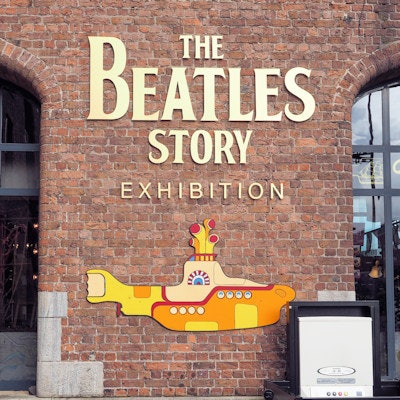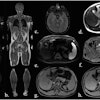
The CT scanner has "become part of the underlying fabric of routine medical care, producing amazing images that enable accurate diagnoses and efficient therapy for millions of patients each year," according to an essay on the modality's 50th anniversary published on 3 July in the New England Journal of Medicine.
Authored by Dr. Joel Howell, PhD, of the University of Michigan in Ann Arbor, the article outlines CT's origins, describing the first device -- manufactured by EMI, a company better known for marketing the music of the Beatles -- and its first use, identifying a brain tumor in a 41-year-old woman in 1971 in Wimbledon, England.
Development of CT represented "a long-lasting conceptual revolution in medical thought, as physicians began to believe that diseases are caused by physical lesions" -- rather than long-held beliefs about disease being caused by an "imbalance in a set of ineffable bodily humors, manifested by symptoms that patients relayed to their caregivers," Howell wrote.
"This change had enormous implications," he noted. "For if disease could manifest not only as patient-described symptoms but also as physician-ascertained structural changes, the mere existence of a lesion could establish that a person who felt well was actually ill."
Howell sets CT in the context of the advent of x-ray in 1895, an invention that also revolutionized how physicians understood the body. CT was an effort to address one of x-ray's limitations -- that is, producing solely 2D images.
"In one sense, the CT scan was just another development in a centuries-long quest to more precisely visualize lesions in the human body," Howell wrote. "On the other hand, the invention of the CT scanner marked a radical change. For the first time, digital computers were integral to acquiring and analyzing medical information."
In the 1970s, EMI predicted that the global market for CT scanners would be about 25 systems. There are now almost 15,000 scanners in the U.S. alone, according to Howell, and as the technology has improved and the scans have become faster, with a typical CT exam taking only a few seconds.
CT exams do impart radiation, and the debate continues on how to mitigate this fact – as well as how to contain healthcare costs, since CT devices and exams can be expensive. Howell noted.
"CT scans undoubtedly enable enhanced diagnosis and more precise treatment for many people, but they are also found on most lists of overused tests," he concluded. "Physicians are predisposed to do what the stethoscope does -- to find the lesion. This drive has led us to develop even more tools: the MRI scan, the PET scan, and more. Our task going forward will be to determine when finding the lesion can help relieve symptoms and save lives and when it does little to improve the health of the patient."



















